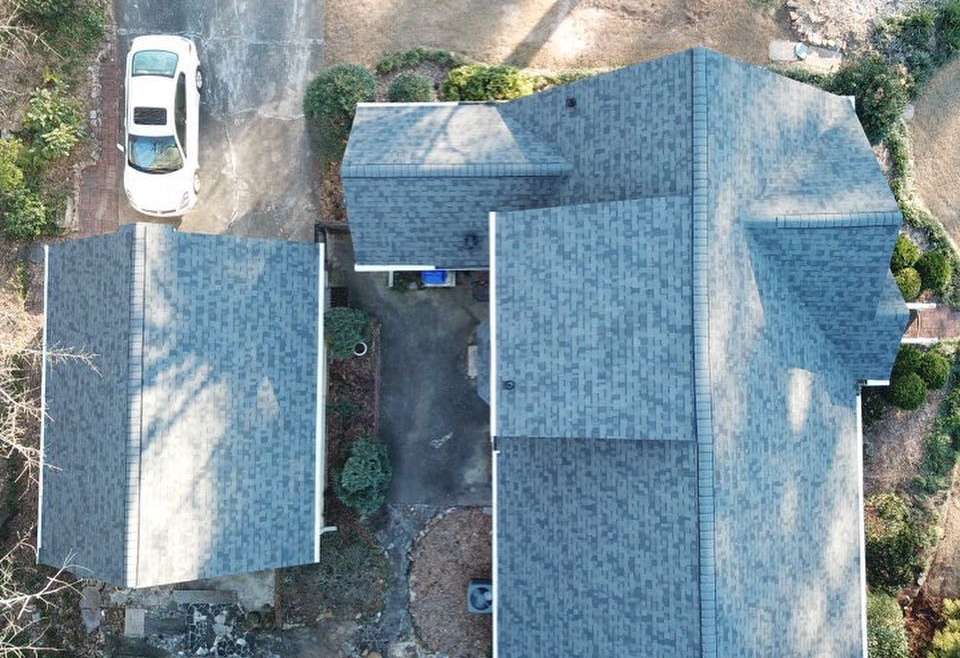What are the common parts of a roof?
- Roof Ridge: This is also known as the “peak”, meaning the highest point of the roof, where 2 planes meet. Think of a mountain peak.
- Ridge Vent: This is a horizontal lining underneath the Roof Ridge. It fills in the crack, allowing humid air to vent out of the attic.
- Flashing: This is a metal used around joint openings such as chimneys or skylights. It protects these openings against water intrusion.
- Hip: The hip on a roof is the intersection of two roof planes that meet to form a sloping ridge running from the peak to the eave. Hip and ridge shingles are specifically designed for this part of a roof.
- Roof Deck: The roof deck is the structural foundation base for the roof system and is usually made of wood or plywood.
- Roofing Underlayment: Roofing underlayment is a layer of material, usually synthetic or felt, that adds extra protection on top of the roof deck and under the shingles. Synthetic underlayment helps repel moisture and provides protection against water infiltration. Synthetic underlayment is becoming a popular material choice over felt due to proven water-resistance performance and long-lasting durability.
- Roof Valley: The roof valley is the V-shaped intersection between two sloping roofs joining at an angle to provide water runoff.
- Laminated Architectural Shingles: Laminated architectural asphalt shingles contain more than one layer of tabs to add dimension, performance and durability to a roof. Architectural shingles are sometimes referred to as three-dimensional shingles or laminated shingles. The opposite of architectural shingles are three-tab shingles, which are produced as a single layer of tabs and appear flat or without the dimension of a laminated shingle.
- Roof Gable: A roof gable is the triangular section of the outer wall at the peak of the roof between a sloping roof and eave. A roof gable is sometimes referred to as a rake.
- Metal drip edge: Metal drip edge is a narrow strip of noncorrosive metal used at the rake and eave to help manage dripping water.
- Dormer: A dormer is a raised section of the roof. Dormers commonly contain a window that projects vertically through the slope in the roof.
- Ice and water barrier: An ice and water barrier is a self-adhered waterproofing material installed along eaves, valleys, side walls, and other sensitive areas to protect against ice damage and wind-driven rain.
- Eave: An eave is the lower border of the roof that overhangs the wall usually located in the first three feet of a roof.
- Undereave vent: Undereave vents are intake vents located under the eaves of the roof that help draw cool dry air into the attic.

